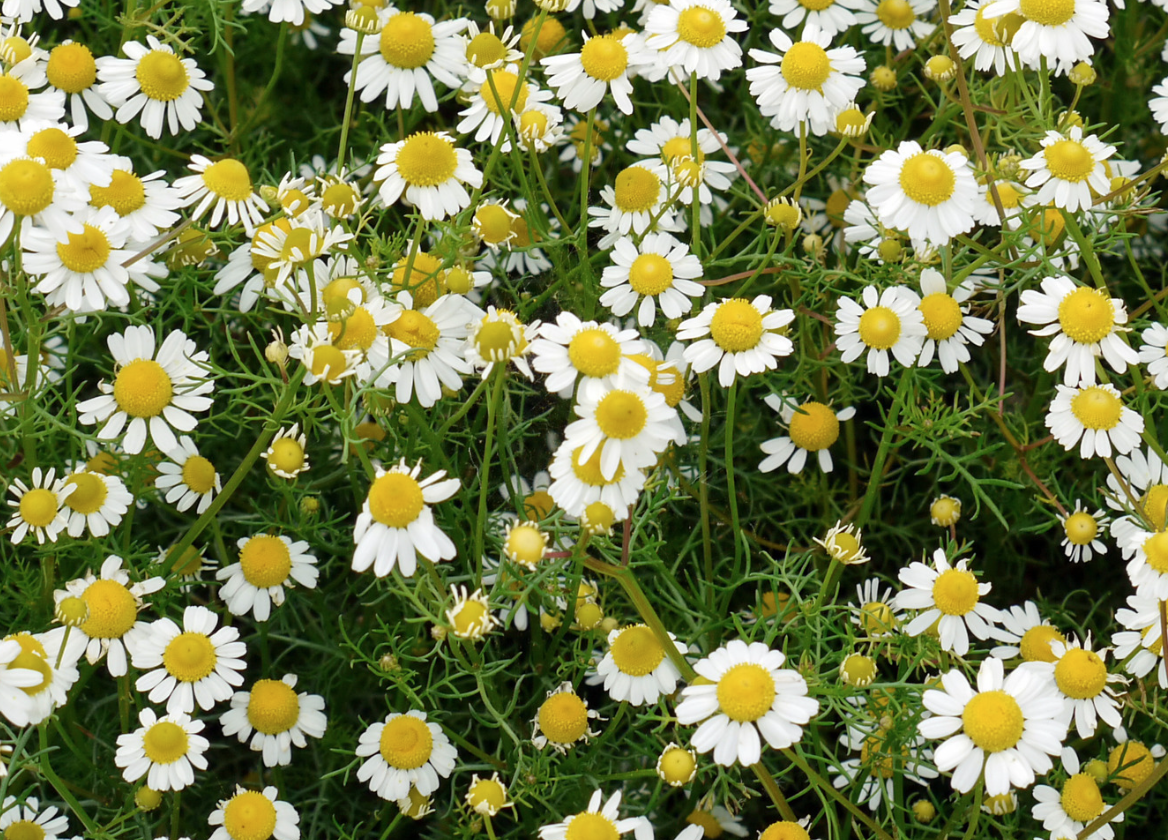Whether you received this as a thoughtful gift or picked it up for yourself, you’re now the proud owner of a curated collection of versatile herbs and edible blooms — perfect for elevating your everyday meals. This page will guide you through caring for your container garden, introduce each plant, and inspire you with simple ways to use them in the kitchen. Let’s get growing!
Chef’s Kitchen Container Garden
General Care instructions:
Your container garden is designed to be both beautiful and useful — with just a little care, it will thrive all season long!
Light: Place your container in a sunny spot that gets at least 6 hours of sunlight per day — a patio, porch, or bright backyard corner works great.
Watering: Water when the top inch of soil feels dry. Herbs prefer soil that is moist but never soggy. On hot days, you may need to water daily. Be sure your planter drains well (yours has drainage holes built in!). If the leafs start to turn a bit yellow, this typically means the plant is getting too much water.
Harvesting: Snip herbs frequently to encourage bushier growth and prevent bolting. Always use clean pruners and harvest from the top, just above a set of leaves.
Maintenance: Pinch off any flowers (except chamomile!) to keep herbs producing leaves. If a plant looks overgrown or tired, feel free to trim it back — most herbs bounce back beautifully.
Pro Tip: Use your herbs often! The more you harvest, the more they grow — and nothing beats cooking or mixing a cocktail with fresh, homegrown flavor.
Chamomile
Care:
Prefers full sun but appreciates a bit of afternoon shade.
Keep soil lightly moist but not soggy.
Snip flowers regularly to encourage more blooms. The blooms are what we harvest.
Use in:
Fresh or dried tea (steep blooms in hot water).
Sprinkle petals on fruit salads or lemon cakes for a gentle floral note.
Add dried chamomile to bath soaks for relaxation.
Lemon Basil
Care:
Needs 6–8 hours of full sun daily.
Water regularly and pinch off flowers to keep leaves tender.
Harvest frequently for bushier growth. If it gets flowers/bolts it will stop producing.
Use in:
Add to lemon vinaigrettes, pasta dishes, or chicken marinades.
Chop into fruit salads or use in herbal lemonade.
Makes a fresh twist on pesto or as a topping for grilled fish.
Oregano
Care:
Thrives in full sun and drier soil — don’t overwater.
Prune regularly to prevent it from getting woody.
Best flavor comes just before it flowers.
Use in:
Classic in pizza sauce, pasta, and Mediterranean marinades.
Sprinkle over roast vegetables or use in Greek salads.
Delicious in homemade vinaigrettes or infused olive oil.
Purple Sage
Care:
Full sun (minimum 6 hours).
Pinch off flowers as they appear to prolong leaf production.
Water when the top inch of soil is dry.
Use in:
Eye-catching addition to burnt butter pasta or bruschetta.
Use to create your very own sage bundles.
Float leaves in a cocktail or mocktail for a beautiful garnish.
Thyme
Care:
Full sun (minimum 6 hours)- has beautiful blue flowers
Prefers drier soil — allow the top 1 inch to dry out before watering again.
Snip often to encourage bushy growth and prevent it from getting woody.
Use in:
Perfect for roasting with potatoes, chicken, or lamb.
Add a sprig to olive oil or marinades for a fragrant infusion.
Strip the leaves and use in homemade focaccia, soups, or even cocktails like a rosemary gin fizz.
Tuscan Blue Rosemary
Care:
Full sun (minimum 6 hours).
Pinch off flowers as they appear to prolong leaf production.
Water when the top inch of soil is dry.
Use in:
Eye-catching addition to burnt butter pasta or bruschetta.
Use to create your very own sage bundles.
Float leaves in a cocktail or mocktail for a beautiful garnish.






